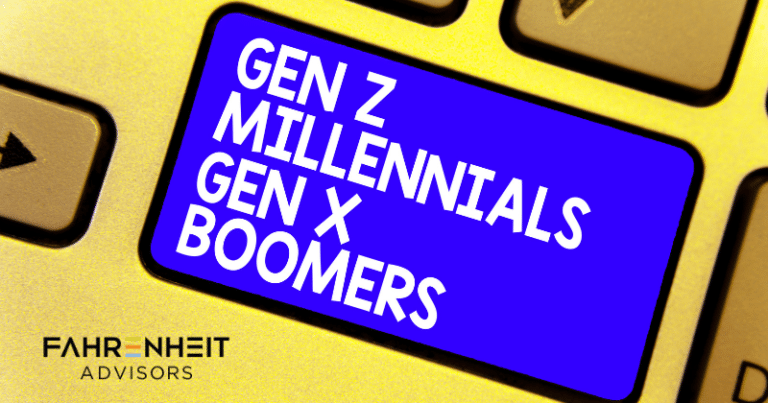How to Retain Your Talent Post-Pandemic

In the course of human history, there have been few events which have collectively impacted the entire world. The COVID-19 global pandemic is one of those few. One of the interesting outputs of the pandemic is akin to the common phenomena after a near-death experience: the epiphany that clarifies that which is most important to us.
For many people, their current job does not make that list.
What does this mean for employers?
Ask any HR professional and they will tell you that productivity increases the more engaged an employee is. Why? Because engagement is often defined as the discretionary effort an employee will give in service to the organization’s goals. What happens when the employee doesn’t identify with the company goals or mission? They put in less effort (relatively). What makes an employee identify with the company’s goals or mission? The employee’s values. If you don’t know what your employees value, (and it is more than their paycheck) then you have some investigating to do and I advise doing so quickly. More employees and candidates will prioritize their values, clarified by our collective near- death experience, as they make employment decisions.
Meaningful Work
Generationally speaking, each generation, from the Boomers to Gen Z, have gotten progressively concerned with the meaning of their work, of feeling valued, and that they are contributing to a greater good. To keep these employees, organizations need to be able to articulate the bigger picture of their impact in your community and the value that the individual employee contributes to that picture.
All jobs have tasks that are less than thrilling but still need to get done. However, if you can restructure or reprioritize work so that your employees can spend more time contributing in ways that they are passionate about, you are more likely to retain them. They in turn are likely to be more productive because their energy and effort is directed in ways that align with their values. To make this strategy work, you need to understand what parts of an employee’s job they are passionate about.
Work From …?
Then there is the ever-present question of returning to the office in the post COVID “new normal”. I challenge each organization to consider their answer in terms of a light dimming fixture rather than a simple ON/OFF switch. There is no simple answer to this question if you want to retain and obtain top talent going forward. Each organization is unique and will need to form an approach that makes sense for their business model while also taking advantage of lessons learned in the past year.
What your specific workplace environment looks like in the future should be based on the following factors:
- What is the nature of the work? Can it be done remotely? Does this answer vary by role?
- What is the organizational culture you are trying to create and promote? How do in-office or remote work options reinforce or undermine that culture?
- What talent could you bring in with flexible workplace policies?
The pandemic accelerated employers’ acceptance of flexible workplace policies to better align with the expectations of the talent marketplace. Combined with a renewed energy of employees to prioritize their values and their personal lives, organizations will need innovative responses to win the war for talent.
We find that challenging the internal status quo is difficult for many organizations. For help devising the right innovative strategies for your organization, reach out to us at Experts@fahrenheitadvisors.com.


